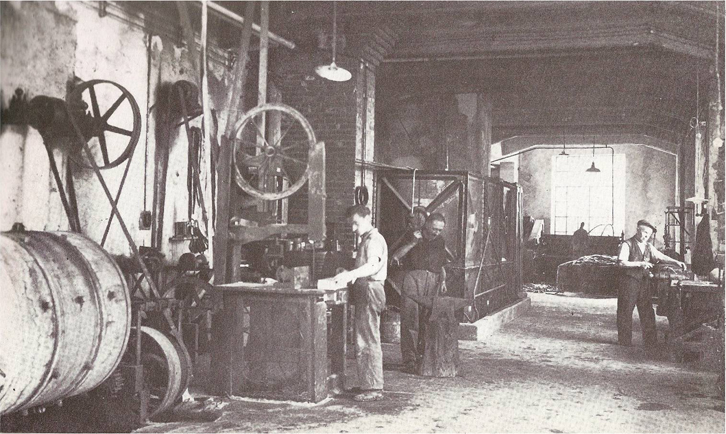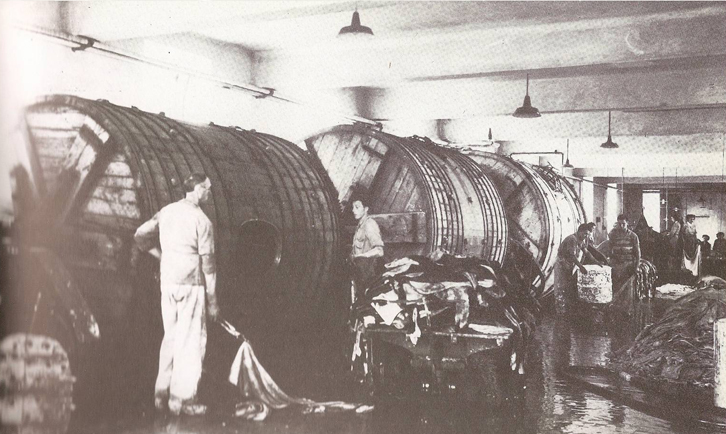When the Leather was first used ?
It was long , long ago, ages before man had not even learned to read and write, or even to talk properly. Perhaps we should be quite near the truth if we said that the primitive men who lived during the Ice Age 5,00,000 years ago, were the first human beings to use the skins of animals to protect their bodies against the cold winds and the rain. We should not be guessing wildly if we said this, because in the last seventy years archaeologists have been digging into the ground in many parts of the earth in search of traces of early man. They have found flint scrapers, dating back to the Ice Ages, which may have been used to scrape the flesh off animal skins.
Leather is one of man’s earliest and most useful discoveries. Leather has played an important role in the development of civilisation. From prehistoric times man has used the skins of animals to satisfy his basic needs. He has used hides to make clothing, shelter, carpets and even decorative attire. To the Egyptian lady, a fur piece was highly prized as her jewellery. From leather, man-made footwear, belts, clothing, containers for liquids, boats and even armour. The principle protective armour of the Roman soldier was a heavy leather shirt.
In recorded history, pieces of leather dating from 1300 B.C. have been found in Egypt. Primitive societies in Europe, Asia and North America all developed the technique of turning skins into leather goods independently of one another. The Greeks were using leather garments in the age of the Homeric heroes ( about 1200 B.C. ), and the use of leather later spread throughout the Roman Empire. During the Middle Ages, the Chinese knew the art of making leather . The Indians of North America also had developed great skills in leather work before the coming of the white man.Before the invention of paper and printing, leather was used for writing on, and even for the pages of books. In the Middle Ages almost all of the books were generally made of sheep skin which was washed, scraped clean and stretched until it reached a stage when it would not decay. Books were bound with fine leather, often handsomely tooled and studded with jewels.
The early days, leathers were mainly used by royal families or important people. Tanners were appointed to produce leather fulfilling demands from warriors or royal people in ancient China as well as western countries.Not until 200 years ago, leather products were then commonly used by general citizens.


Tanning
Leather comes from tanneries in various shapes and sizes depending on its intended use and the animal which it came from. One thing to always remember about leather - it is an animal’s skin that has been processed into finished leather, not a synthetic material. Because of this, the exact size and shape of the finished leather is dictated somewhat by the size and shape of the animal hide that the tannery received to process.There is no written record of who discovered the tanning process, but it is assumed tanning was discovered by accident. Man improved the tanning process and was able to use the leather for things other than clothing and footwear. Leather was used for Armor, harnesses, carpets, tents and water bags. The ancient Egyptians became very skilled in working leather and used it for sandals, belts, bags, shields, cushions and chairs. The Romans and Greeks were also very good tanners using leather for boots, armor and caps. Slowly the knowledge of tanning spread to all parts of the world. The Britons became very proficient in tanning and developed guilds to further strengthen the industry. Since 1300 the process of tanning leather was also developed in the Northern Italy.
History of leather in India
The Indian love affair with this highly versatile and useful material dates back almost five thousand years. Today, Leather is still regarded as a symbol of prestige and well-being. The First documented evidence of leather usage in India was as early as 3000 B.C. International export from India started later on after the year 1880.In 2017, Indian Leather accessories are exported the world over. Through the ages, kingdoms have come and gone, wars have been fought and independence has been achieved by our great country and the leather industry along with the legacy of leather making has survived through it all.We have seen the leather has been used throughout the man’s history for very many useful and essential purposes. When we look around us and notice how many different uses there are for leather in the atomic and jet age in which we live, we are brought to realise that leather is a timeless material, in the sense that it is just as necessary in our lives today as it was in the lives of our early ancestors.
